
Herken de boomsoort NL Zijdeboom; Latin julibrissin; UK Persian silk tree; GE
Albizia julibrissin (known as Persian silk tree or mimosa) is native to Asia but was introduced to the United States in the 18th Century, where it's commonly grown. It has fragrant, bottlebrush pink-white flowers, and fern-like leaves.
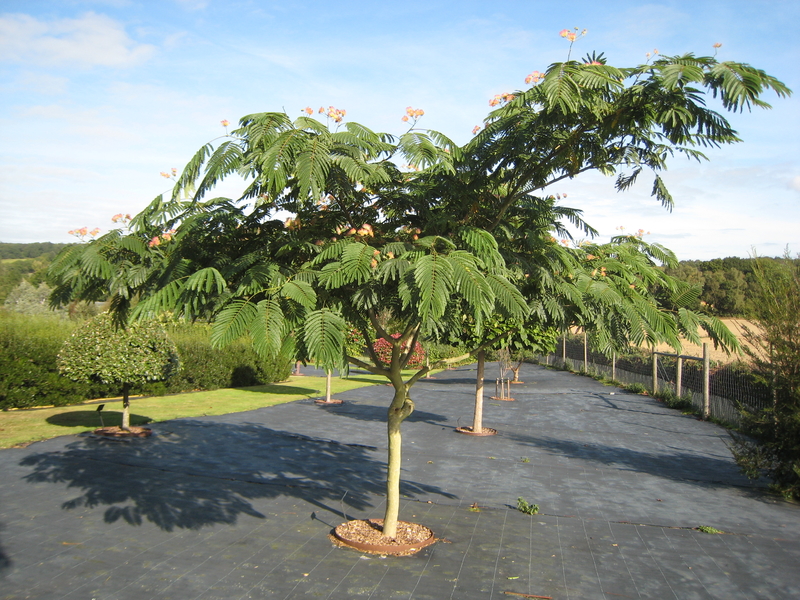
Julibrissin Rosea Silk Tree Architectural Plants
A form of the Persian silk tree with large pink flowers and fern-like leaves which turn brick red in the autumn. £91.00 buy Flowering month: July Flowering month: August Flower colour: Pink Leaf colour: Dark purple Albizia julibrissin Albizia tree Ombrella ® One of the best Albizias for cooler climates.

Facts About the Persian Silk Tree and Tips for Care Owlcation
Albizia julibrissin, Persian Silk Tree is a very fast growing deciduous tree with highly attractive bi-pinnate compound foliage and characteristic fluffy and silky pink and flowers. Native to southwestern Central Asia across to Eastern Asia, it forms a medium-sized sized tree with a broad shady canopy.

ArtStation Set of Persian Silk Trees julibrissin) (3 Trees) Resources
last updated June 29, 2021 Silk tree mimosa ( Albizia julibrissin) growing can be a rewarding treat once the silky blooms and fringe-like foliage grace the landscape. So what is a silk tree? Keep reading to learn more. What is a Silk Tree? Mimosa trees are a member of the Fabaceae family and are a popular ornamental tree in the home landscape.

Persian Silk Tree Flowering trees, Garden shrubs, Mimosa tree
Albizia julibrissin, the Persian silk tree, pink silk tree, or mimosa tree, is a species of tree in the family Fabaceae, native to southwestern Asia and eastern Asia. [1] The genus is named after the Italian nobleman Filippo degli Albizzi, who introduced it to Europe in the mid-18th century. [2] It is sometimes incorrectly spelled Albizzia.

Persian Silk Tree Kahikatea Farm Certified Organic Nursery and Permaculture Farm
The depth of planting roses will vary between 10-20cm, or as deep as they were in their pots. A beautiful exotic looking hardy shrub, very popular in the Lake District. Most peculiar groups of pink feathery flowers appear throughout the summer above weeping boughs of mimosa-like bipinnate leaves. Commonly known as the Silk tree, Rosea has.

Persian Silk Tree Seeds julibrissin Amazon.co.uk Garden & Outdoors
Persian silk trees: flowers, care overwintering of Albizia julibrissin. Sustainable gardening is a matter of the heart for us! That's why you'll find everything your plant heart desires here in our online gardening magazine. Get all the essential information on Persian silk trees, from tips on growing the trees in the garden to their properties.
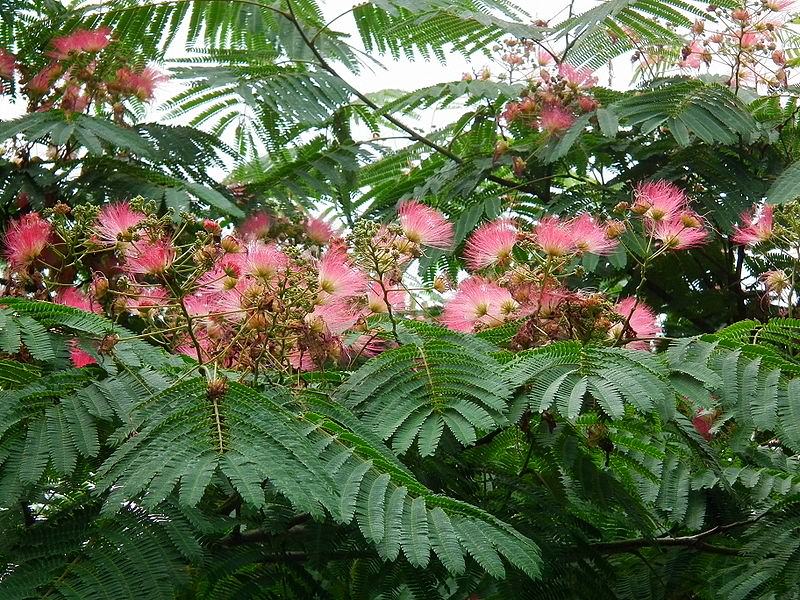
Persian Silk Tree Forestart
UK plants and trees. Persian silk tree; Persian silk tree Albizia julibrissin. 1. Summary 2. Albizia julibrissin (Persian silk tree, pink silk tree) is a species of tree in the family Fabaceae, native to southwestern and eastern Asia. Sources and Credits
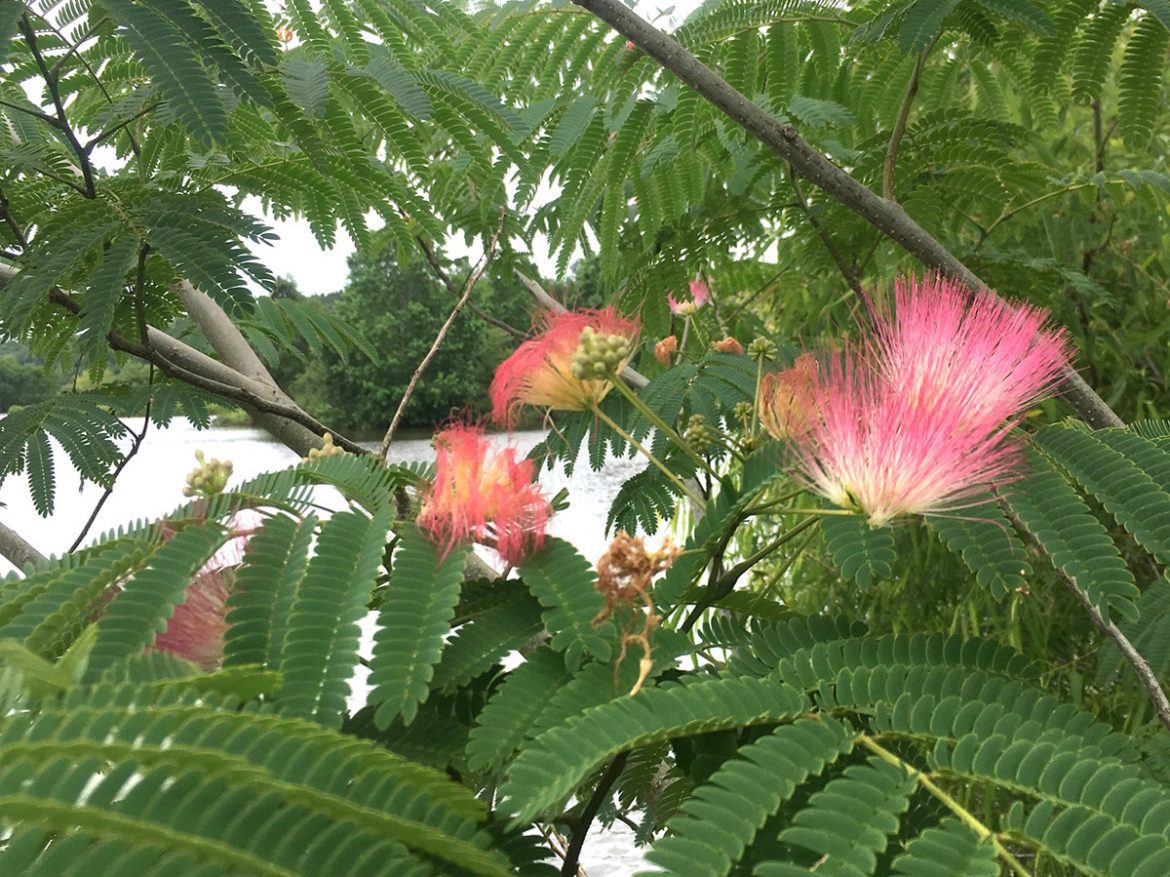
Persian silk tree, flowering. The WFSU Ecology Blog
Silk tree. These are very attractive flowering trees which grow from Iran to Japan. It was introduced to the UK in 1745. Their delicate, fern-like, light to dark green leaves with many small sickle shaped leaflets do make Albizia look as though they are tender greenhouse plants but this need not be the case in milder locations or even in city situations where there is little frost.
:max_bytes(150000):strip_icc()/growing-persian-silk-trees-albizia-julibrissin-5094178-04-127ded764375430daa8ac9fe9d3a9453.jpg)
How to Grow and Care for Silk Trees
The ornamental Persian Silk tree is usually a very attractive and beautiful sight. It is a deciduous tree, that is, it shed its leaves during the fall, and new leaves come in the spring. It has lovely leaves like ferns. They are multi-compound leaves.
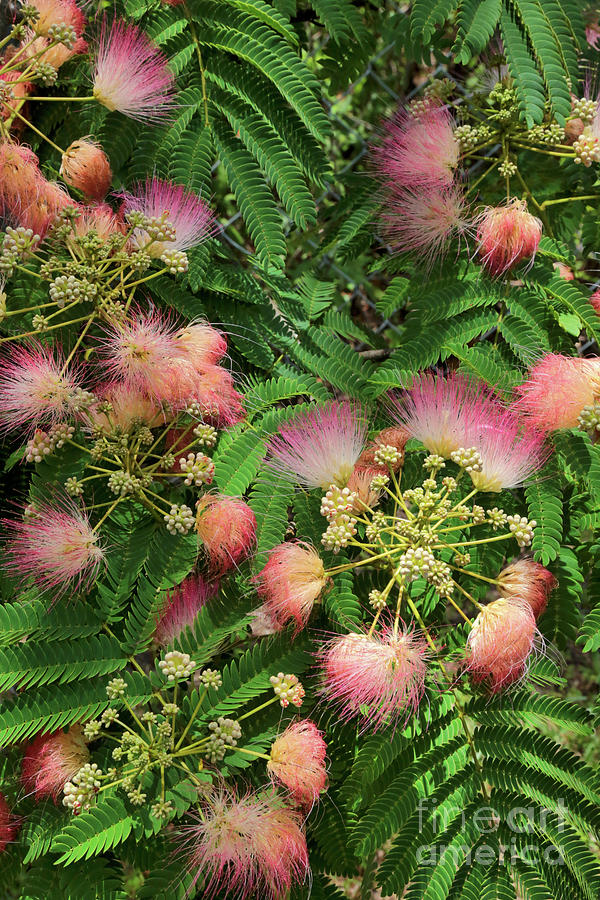
Persian Silk Tree Photograph by Carol Groenen
silk tree A medium-sized, deciduous tree with a broad, spreading crown. The large, mimosa-like leaves are composed of many small leaflets. Fluffy, greenish-yellow flowers with long stamens open on the top of the crown in summer, followed by clusters of long, narrow, pale brown pods that can hang on into winter Other common names bastard tamarind

Fakten zum persischen Seidenbaum und Pflegetipps Stengel 2023
A large shrub or small tree with a domed crown when mature. Leaves are fern-like, pinkish-bronze or purple and composed of leaflets. Terminal clusters of spherical pinkish or yellow-green flowerheads can be borne in summer Synonyms Albizia 'Summer Chocolate' Albizia rosea 'Summer Chocolate' see more Albizia julibrissin Leonidas
/growing-persian-silk-trees-albizia-julibrissin-5094178-01-aa6c505c474d4e3ca7d6e8085d16cadd.jpg)
How to Grow and Care for Silk Trees
The Albizia julibrissin, colloquially known as the Persian Silk Tree or Mimosa Tree, has fascinated many garden enthusiasts. Its fragrant pink blooms and fern-like foliage offer aesthetic charm and functional use as a shade tree. However, like a coin with two sides, this tree poses challenges and responsibilities for a potential grower.
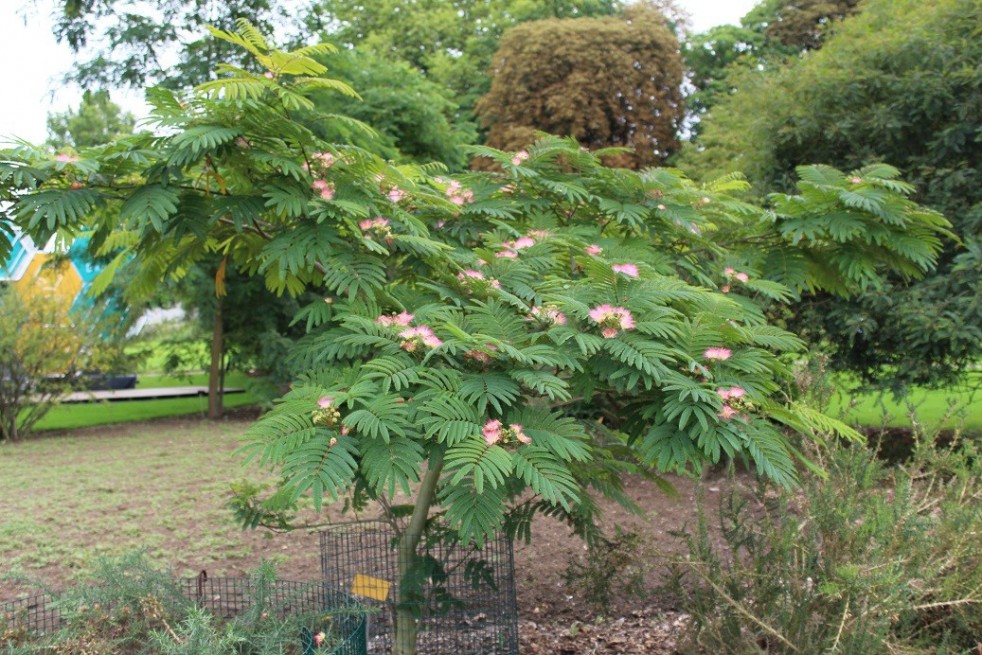
Persian silk tree pink silk tree Julibrissin
The silk tree. Genus of about 150 species of deciduous trees, shrubs and climbers from poor soils in tropical and sub-tropical areas from Africa and Asia to Australia. The attractive, wispy flowers, amongst filigree foliage, appear on plants only a few years old and are a nectar source for bees.

Active ingredient Persian silk tree Juvena
Persian silk trees are deciduous shrubs or trees, depending on the region and climatic conditions, but can reach a height of 6 to 8m under optimal conditions. This tree forms an umbrella-shaped crown and usually grows multi-stemmed and shrubby in Central Europe due to frequent frost damage.
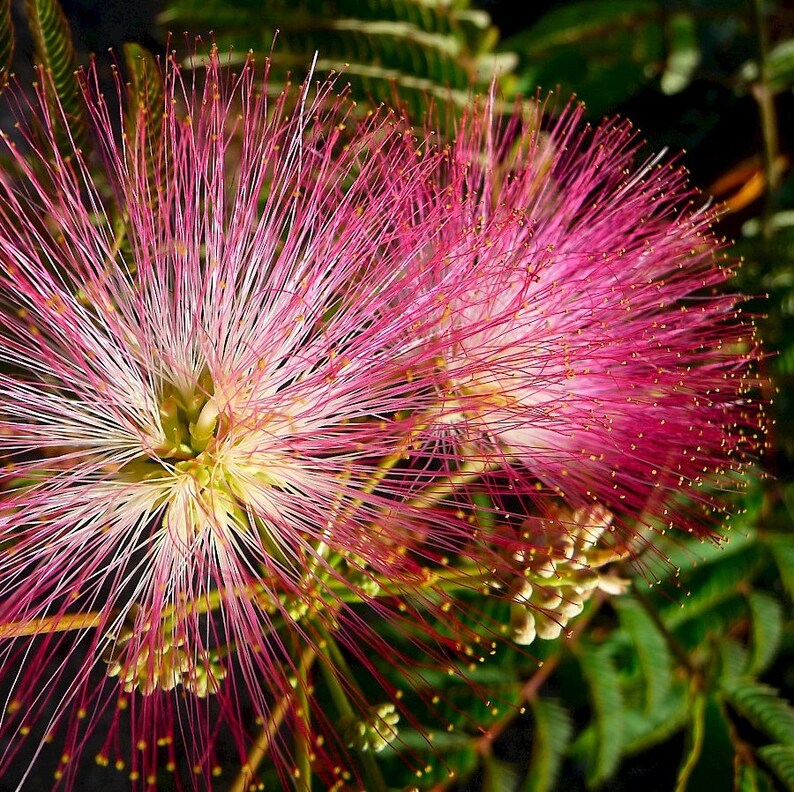
Persian Silk Tree Seeds Julibrissin 15seeds Etsy
The Persian silk tree ( Albizia julibrissin), hails from the Middle East and Asia and features fern-like leaves and exotic-looking flowers. On each leaf, there are tiny leaflets that close when touched or as the sun sets. The stunning pink flowers that initially drew attention towards the silk tree inspire the origin of its common name.